PHNOM PENH AND KEP
Kitty R. and Sir Last do not rave about the capital and then land in a place full of garbage, crabs and pepper straight from the bush.
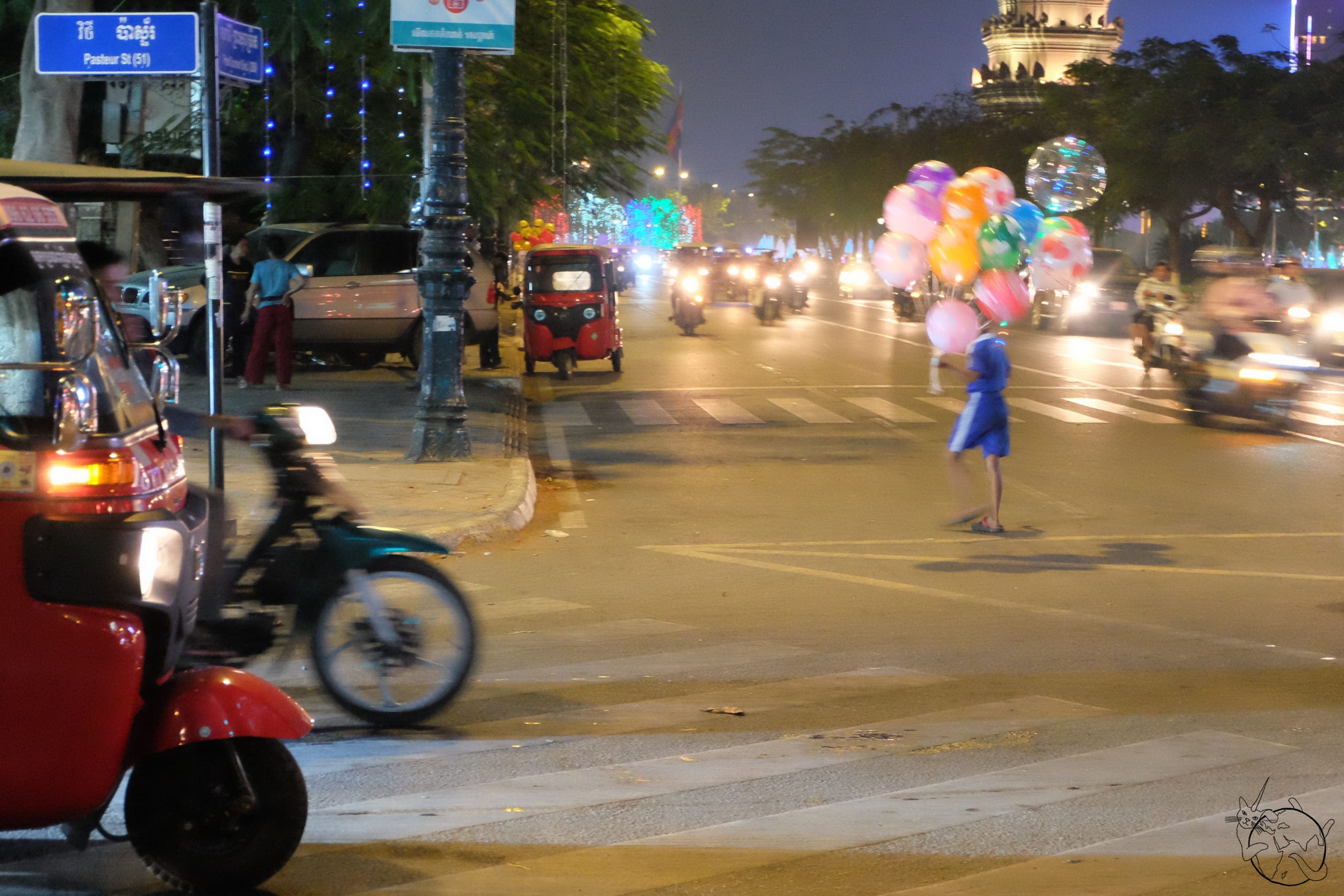
Sir Last feels a bit better, so together with Kitty R., they decide to transfer themselves from Siem Reap to Phnom Penh. All inclusive, that is, the bus even has free wifi and croissants.
In Phnom Penh, they go to the Vietnamese Embassy to arrange a visa for the March future. It turns out, however, that even at the embassy of Vietnam in Cambodia they celebrate the Chinese New Year (the embassy is closed for a week). Kitty R. and Sir Last go within the tourist flow and visit Tuol Sleng - the Genocide Museum (Khmer Rouge and the Pol Pot regime). In this sad and frightening place, Kitty R. notices that the photographs of victims presented there are really good portraits (perhaps it’s caused by a special French chair, one of the torture tools, that regulates the correct pose of the portrayed person, although … Kitty R. especially appreciates the light). In the presented photographs, Kitty R. finds in people looks; first of all eyes that are already dead in life, rarely astonishment, anger, horror and very rare pride (the latter suggests a slightly raised position of head). For Kitty R. a visit to the museum of genocide brings up an infinite number of questions. How did the people who torturted and killed others deal with it after? How did they function further in society after taking part in extraordinary cruelty against other people? Do the people who currently live near the walls of the museum think about genocide while having their morning coffee on the balcony, or do they no longer pay attention to visible barbed wires and the construction for hanging people still situated in the main square? Who came up with the idea of making a museum from this place (and only a year after what happened here)? What do the children remember from the visit (Kitty R. would take there her street youth she worked with, but younger ones…)? What do people really have in their minds when they paint the walls of the genocide museum with inscriptions like: “Love”, “Sorry” or “We had Auschwitz. We remember. Polish people.”?
Phnom Penh appears to Kitty R. as a definetely street type city. Many people live here on the streets, although it is not so easy to notice them. Children browse the garbage, which the city is simply covered by or sell glowing balloons to passers-by. On the one hand, street food, plastic chairs arranged on the sidewalks, and on the other, rich pubs with the names that are tempting for western people (Belgian Canteen, Burgers …). One evening Kitty R. and Sir Last go to a restaurant that would not be despised by any European resort. Stylish and elegant (Kitty would say French). The restaurant is situated in a very nice colonial building surrounded by a garden. This restaurant is run by a non-governmental organization, and people working in it have a homeless, problematic past behind them. At least it’s what is said on their website.
The public transport of Phnom Penh has only 3 bus lines. From the perspective of Kitty it’s quite enough. Kitty R. and Sir Last are on bus line number 2. Three women sit next to them in a row and each of them is different. The first one is dressed rather carelessly, in sweatpants, bare feet with nails painted purple, legs leaning on the platform. The second woman is modest, but impressively elegant; she is wearing skin-colored tights, shoes with a delicate heel and a small hat with a brim. The third woman, wearing jeans is a compromise between the other two. At the next stop a monk gets into the bus. With a wave of his hand, he asks another man to change his seat; as a Buddhist monk, he can not sit directly next to another passenger, a woman. As soon as the monk gets on the bus, the elegant woman removes the hat from her head and covers a part of her face so that only her eyes remain visible. Everyone described talks and laugh lively with each other. Kitty R. and Sir Last are fascinated by this moment. Covering the face with a hat by an elegant woman seems to be an expression of respect for the monk. This is something they have not been able to observe during the trip earlier.
It is from Phnom Penh that Kitty R. and Sir Last are trying to hitchhike south. Hitchhiking in Cambodia for the first time. Within two hours, several cars stop; all of these drivers ask for money, and definitely not just any. Kitty R. hitchhiked for quite a lot of years in her life, and here what a money attitude she faces all the time. Eventually, Kitty R. and Sir Last are taken by a lovely couple of refugees (taken to the United States in the 1970s, oh Khmer Rouge, …). 60 km further Kitty R. and Sir Last stand next to the road again. Children smile to them broadly. Sometimes, slightly embarrassed, they shout Hello! Adults passing by on scooters or bicycles, also smile very nicely, but with astonishment, not understanding what Kitty R. and Sir Last are doing there, standing by the road and waving one’s hand. In the end Kitty R. and Sir Last are crushed by the situation, dust and heat, so get into a paid minivan. The driver does not take his hand off the horn and his leg from the gas. Tuk tuk, cyclists, pedestrians flee from his path in the last moments. Only once the driver yeilds the road; to a larger truck. Then, he smiles nervously. If only Kitty R. knew Khmer, she would gladly tell driver the truth (‘Please, Sir, it’s not an ambulance! Sir you are driving a small, rusted van from point A to B! Hells bells!'). And then a quick switch from the minivan to ride a scooter in Asian style (Kitty R., Sir Last, Driver, Two Backpacks and everythig on just One Small Scooter).
And so Kitty R. and Sir Last arrive to Kep.
In a small town, Kep, Kitty R. tries for the first time in her life such a fresh, green pepper, that is still on the branch. Besides, Kep seems to be deserted; only local tourism is in full swing. Rubbish everywhere, especially along the coast.
Kitty R. and Sir Last go to a crab market that looks like it was just a bazaar for local residents. What a trap! Vendors hidden under coca-cola garden umbrellas, equipped with an old scale, encourage to buy from there shrimp, cuttlefish, octopus, ray and crabs. Especially the latter are treated here as the ideal goal. At the customer’s request, the saleswoman descends the ladder from the pier into the water and pulls out from the bottom of the cage where the crabs are in the customers desired size. These animals have already tied claws, so that customers can look and touch (?!) them before buying. After a successful haggling and purchase, the customer with kilograms of crabs or shrimps approaches one of the fireplaces scattered around the place. For a small fee, ladies make a dish of just-purchased, fresh seafood, full of fresh pepper still on the branches (speciality of the region). Primarily customers are tourists. Kitty R. hears and notices: Vietnamese, Chinese, Americans, Spanish and French (how about that, Khmer Rouge?). Sparsely, someone from the local residents purchases goods for one of the nearby restaurants. The whole situation arouses in Kitty’s heart a range of mixed feelings.
On the same day, Kitty R. and Sir Last discover a French Era Ghost Town. The marketplace, as the central part of this town, is built on a rectangular plan with a green space in the middle. Instead of a city hall - a pagoda around which are independent white cows. And those cows are the only sign of life in the area. Around there are plenty of abandoned French villas (oh, Khmer Rouge again), overgrown by the wild Asian nature and are in ruins. Kitty R. sees that they presented once a wonderful colonial architecture. Some are now squats; Kitty R. observes, some even squated by the whole of a poor Khmer family.
At one point, Kitty R. notices a very tall building standing out from the others. It is huge, and around its top part, many little birds fly in a way of irregular little circles (swallows!). The building has only one window, right next to the edge of the roof, and it is from there that a loud echo of bird chirping comes out. Kitty R. already knows that this is a farm of bird nests. A special rarity for Chinese people who believe that the consumption of a bird’s nest (in the form of even a soup) strengthens immunity, vitality, regenerates cells and improves the work of the heart. Asian cuisine: if we eat birds, let’s also eat their homes made of dried saliva.
P.S. If you click on one of the photos below, it will open a photo gallery.
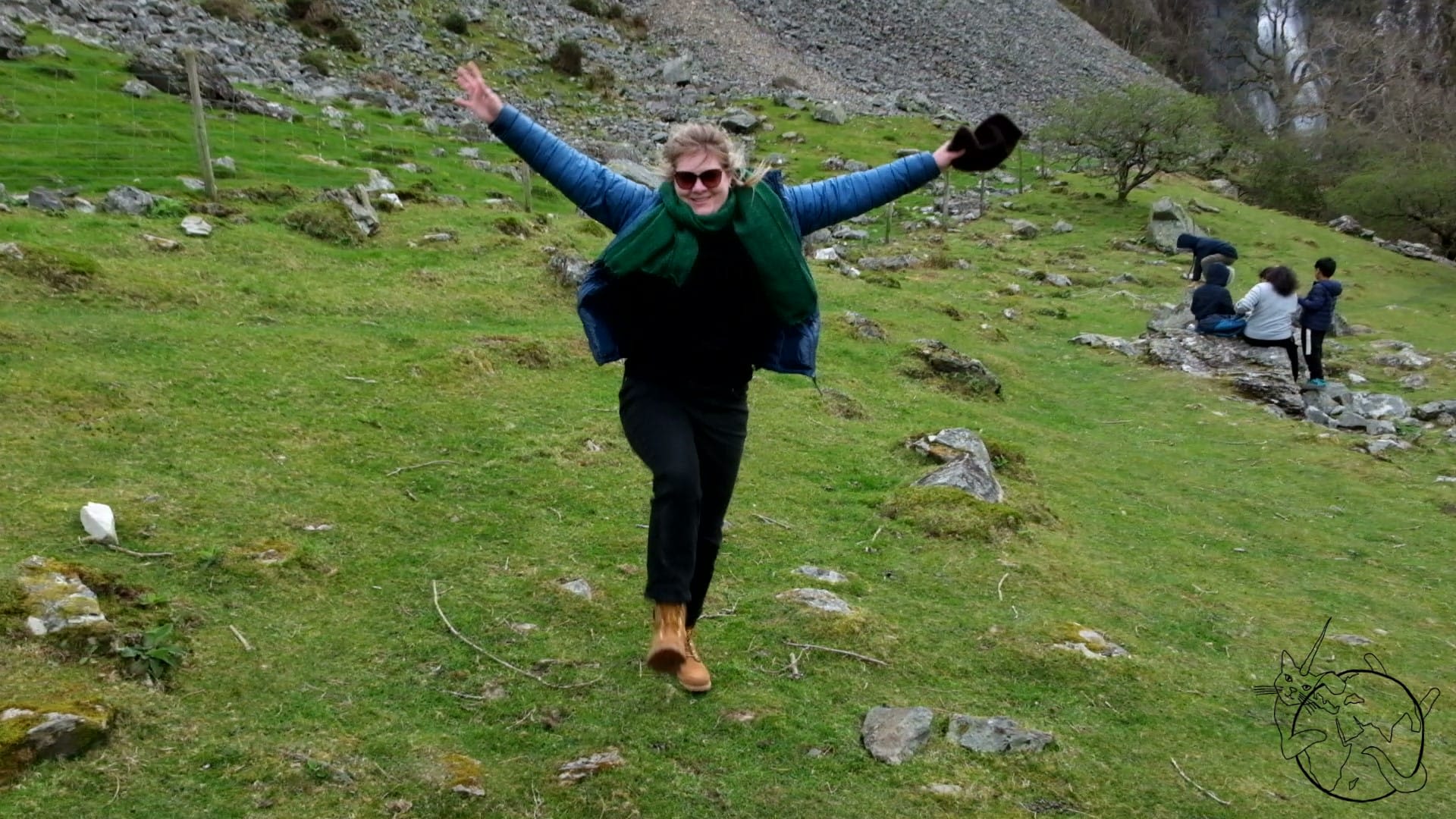
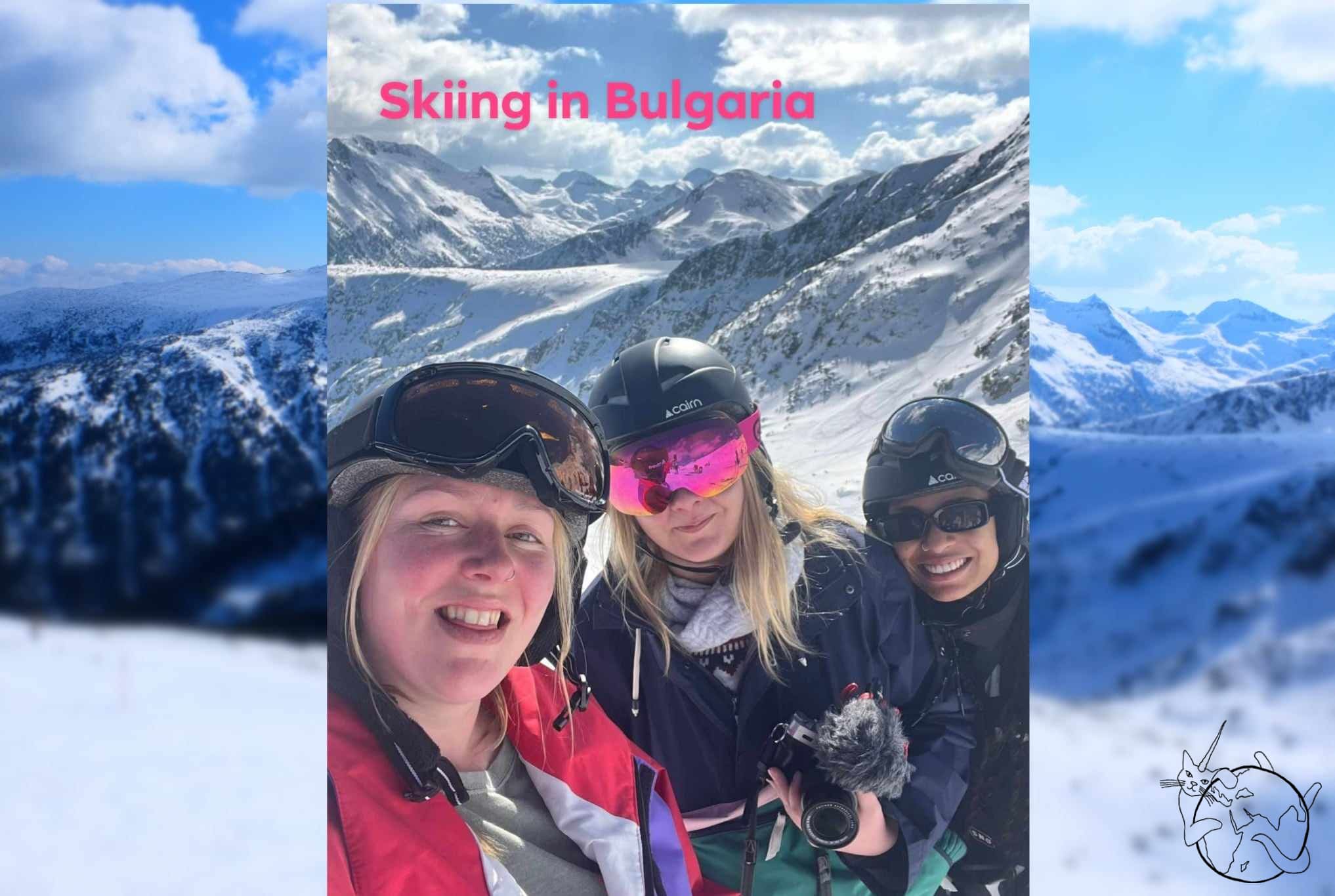
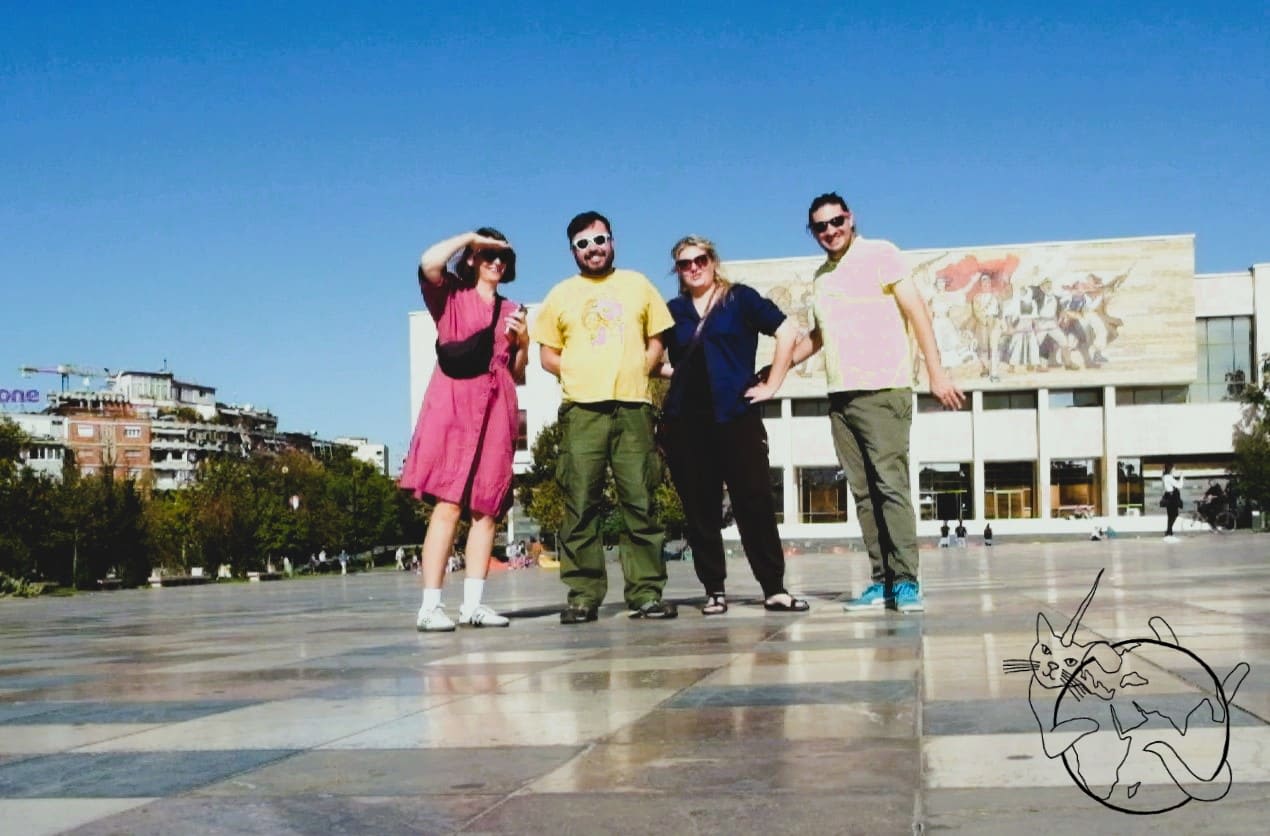
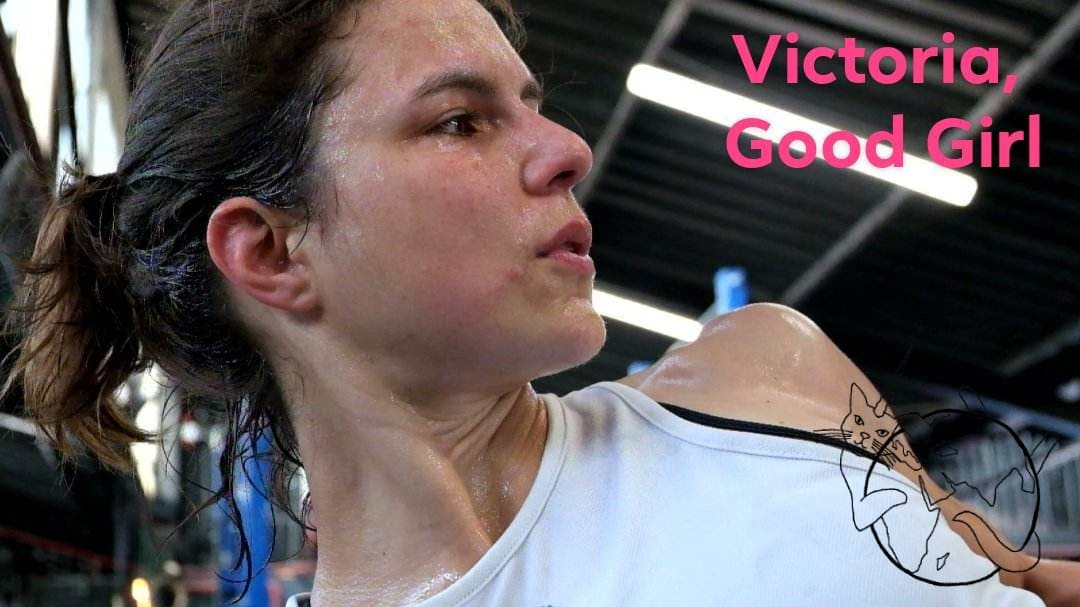
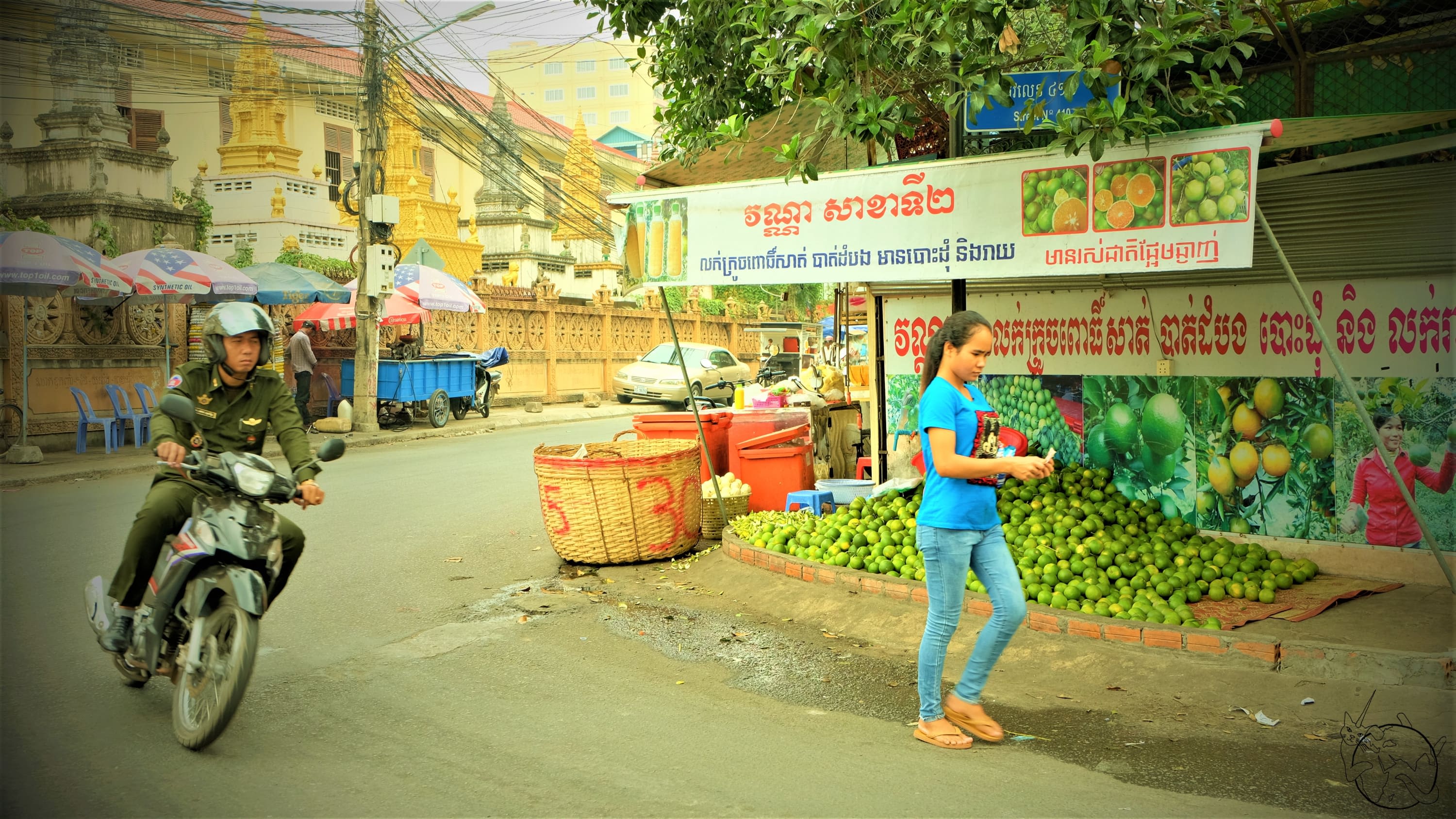
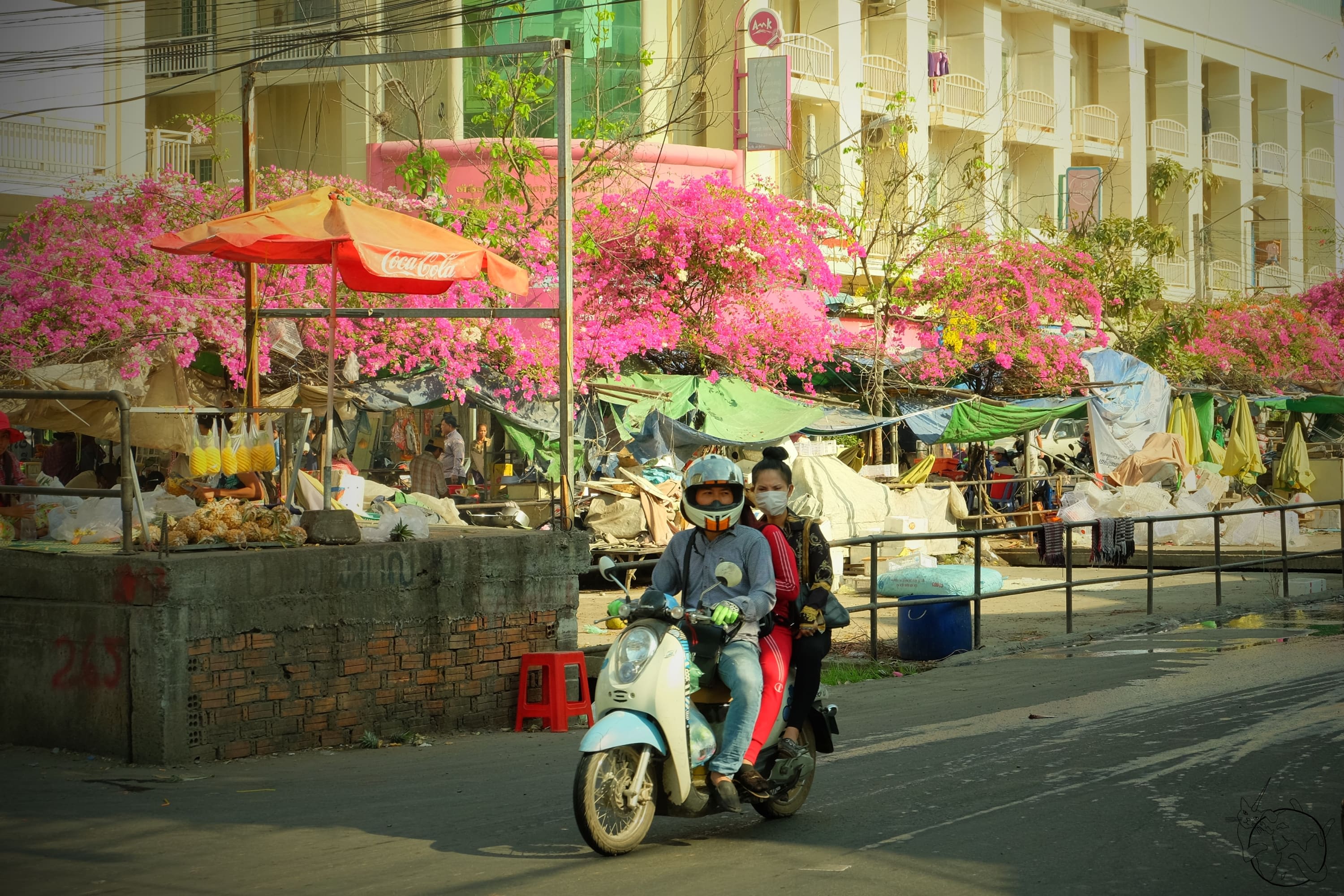

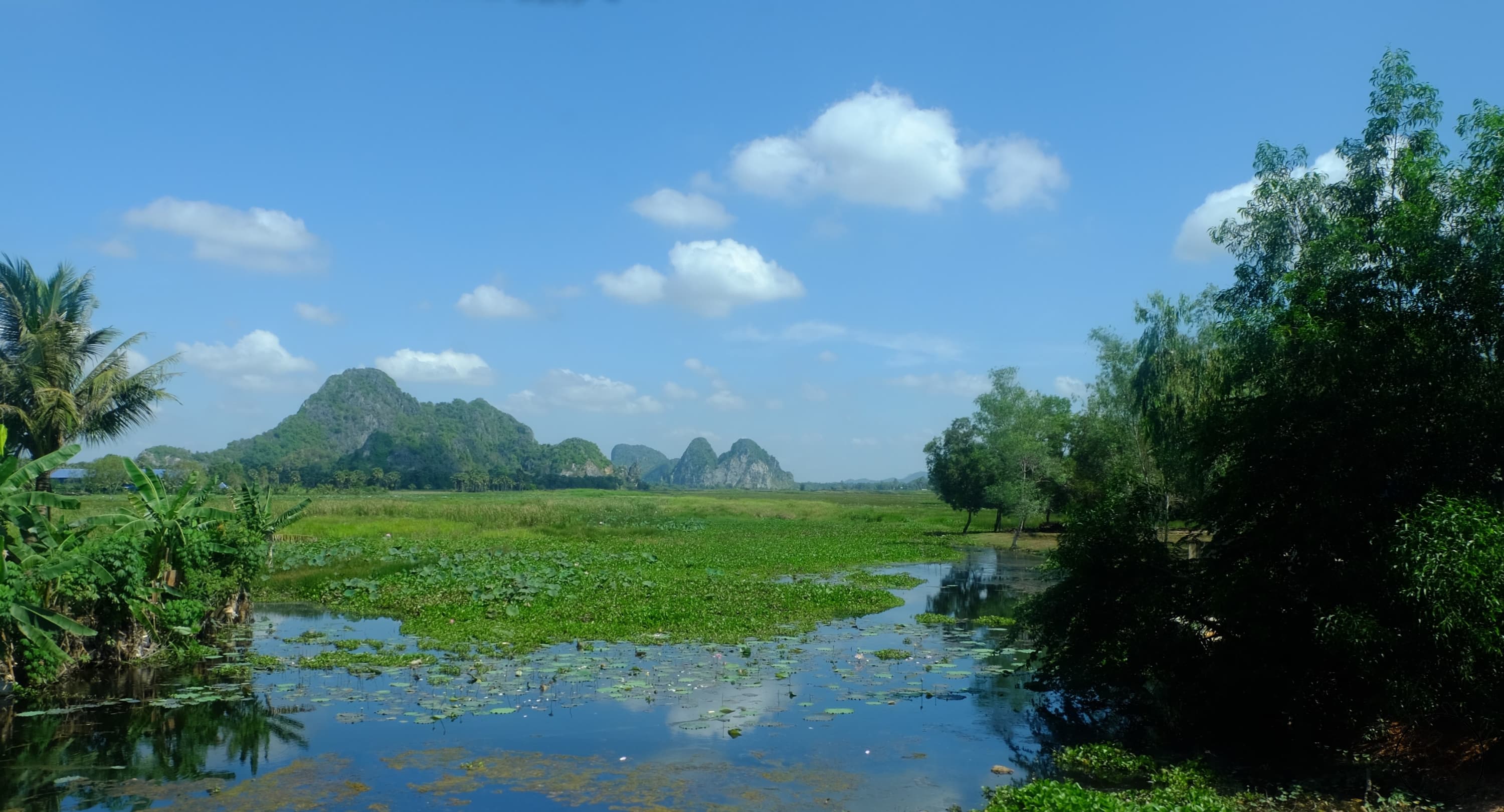
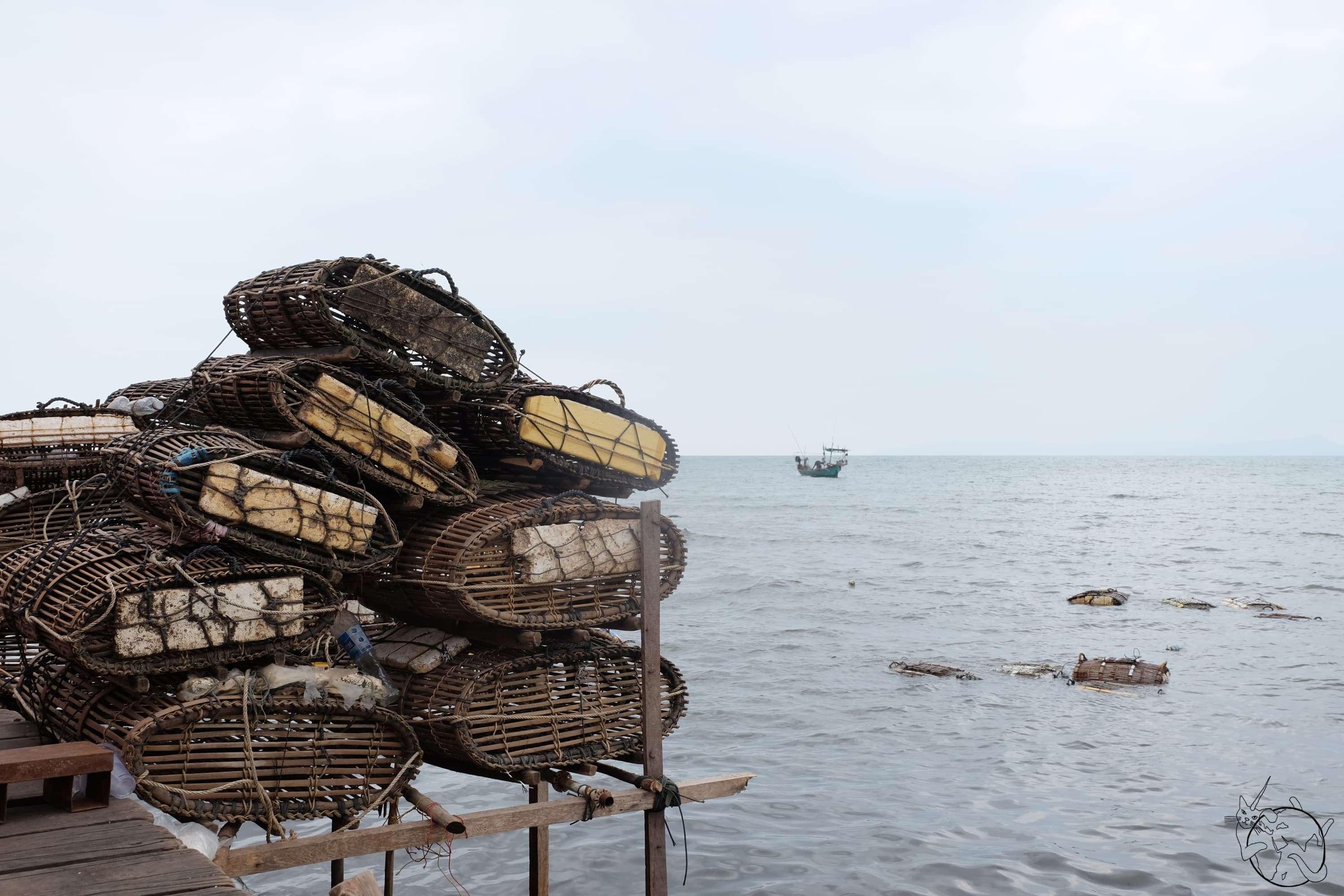
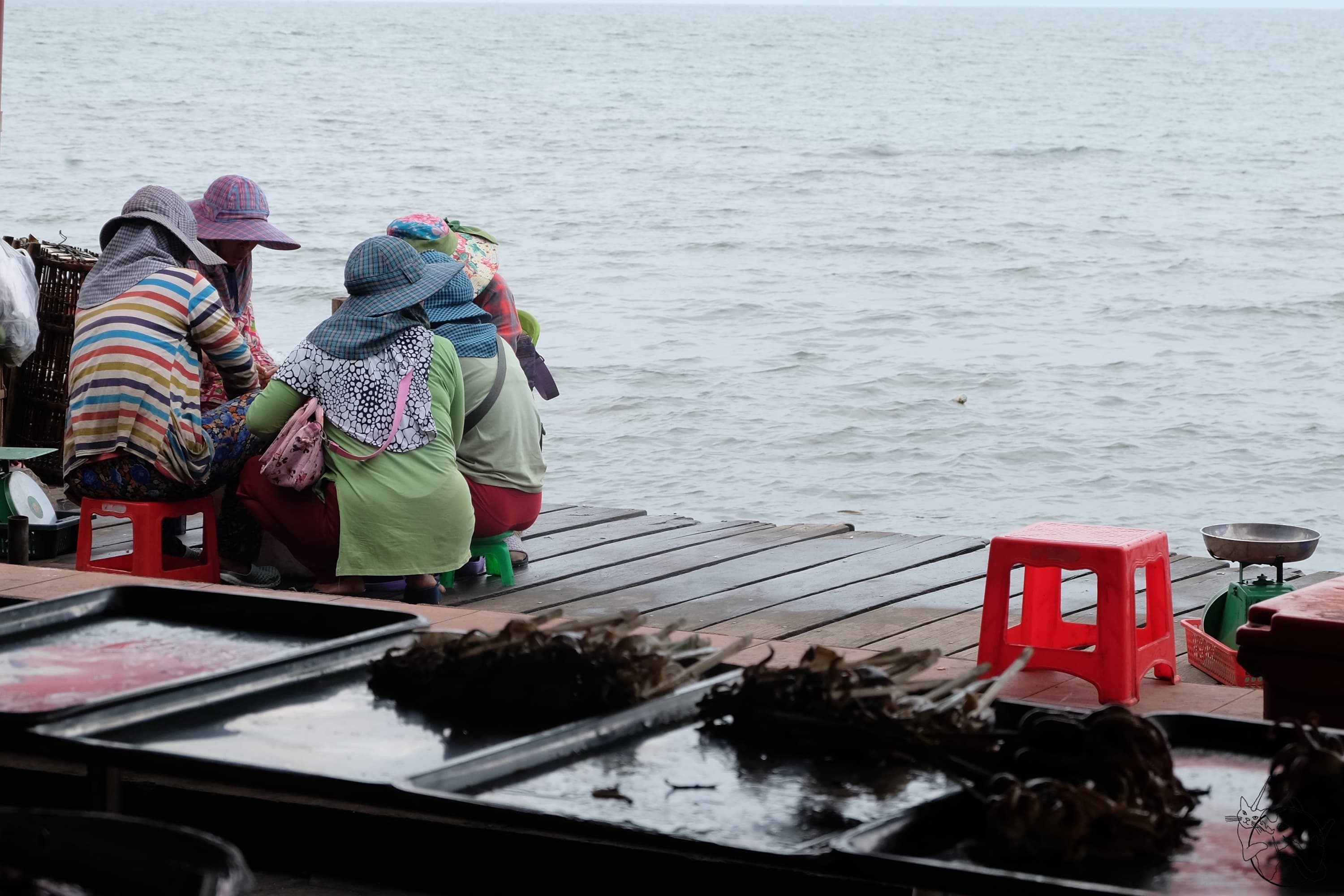
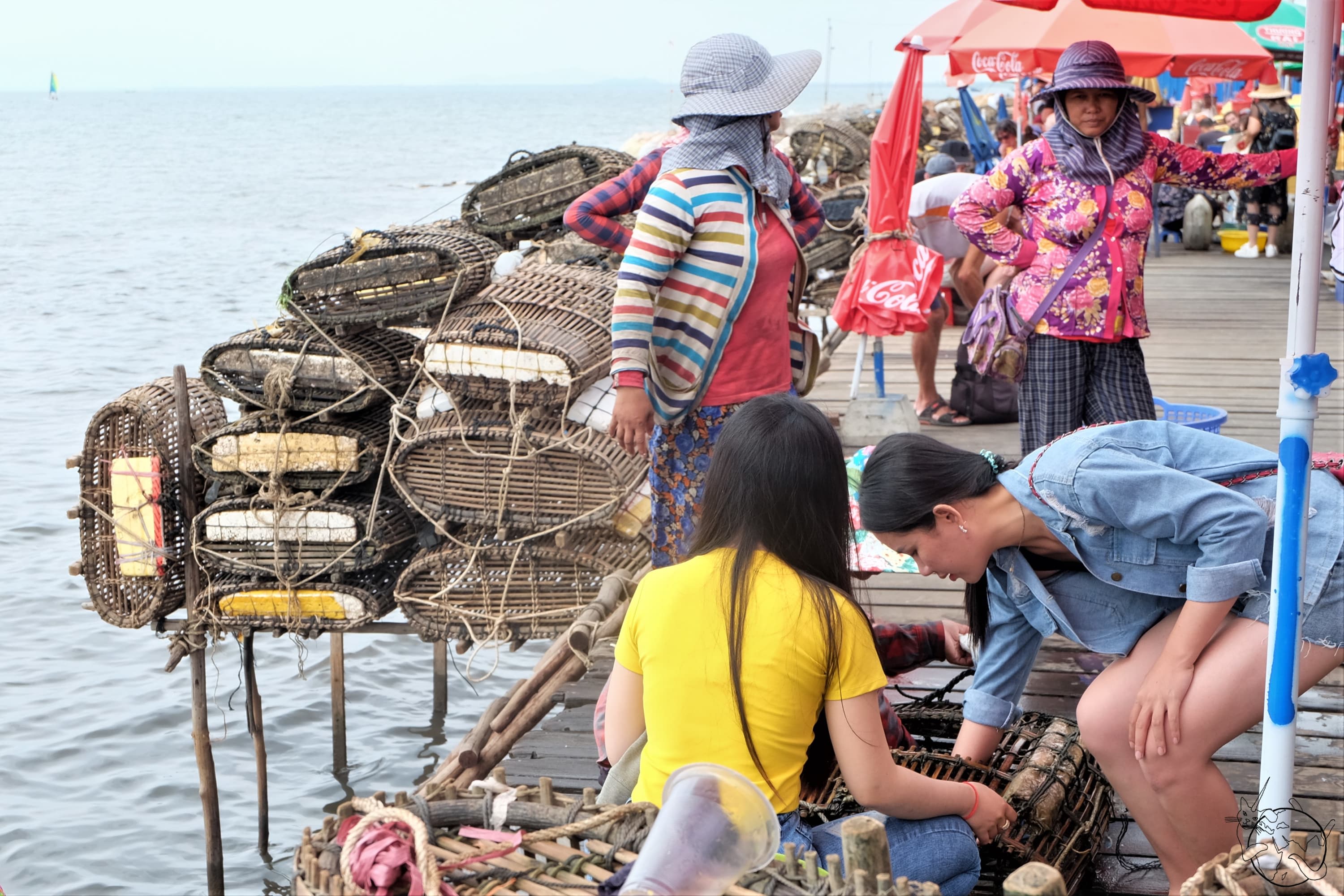


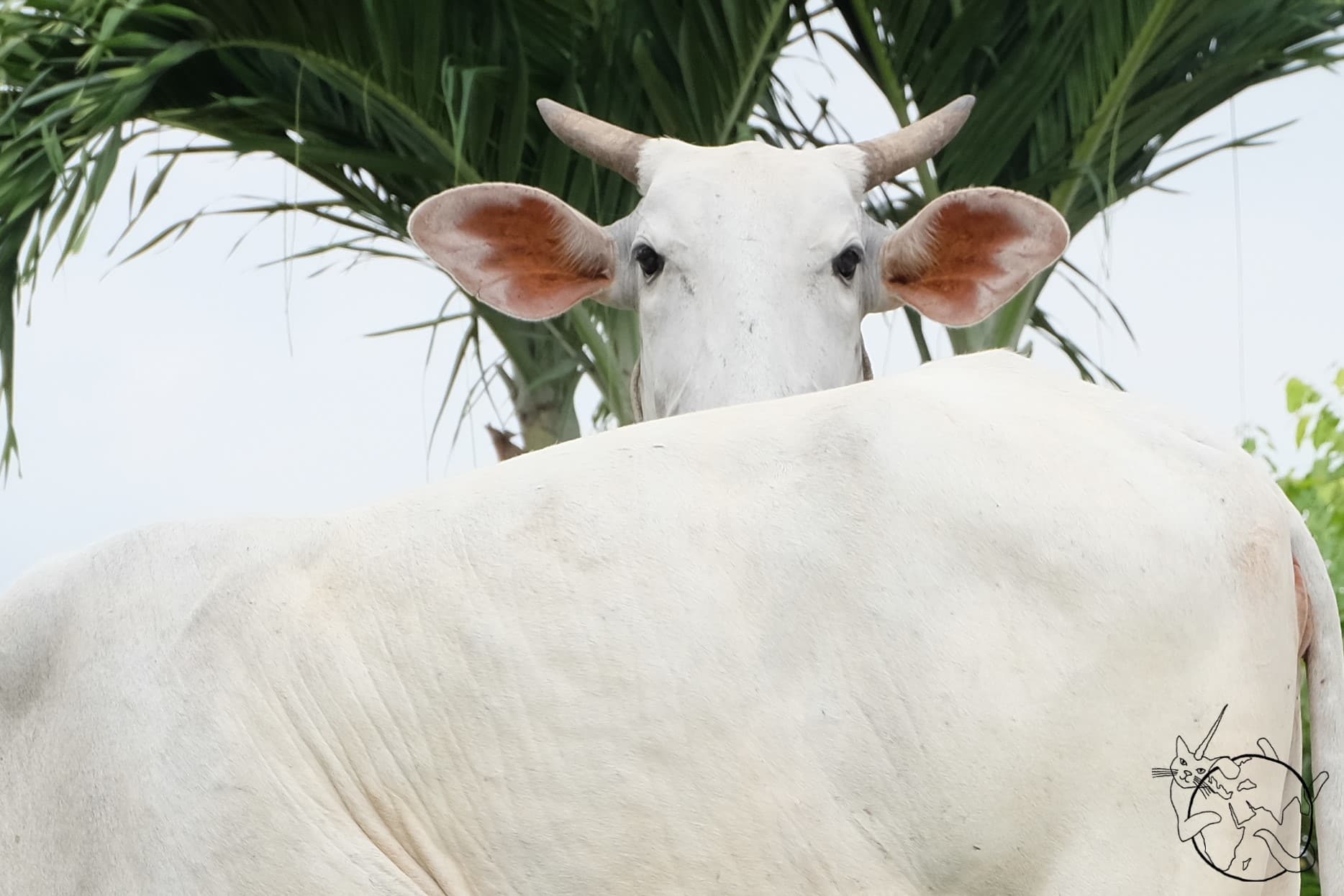



Share this post
Twitter
Google+
Facebook
Reddit
LinkedIn
StumbleUpon
Pinterest
Email